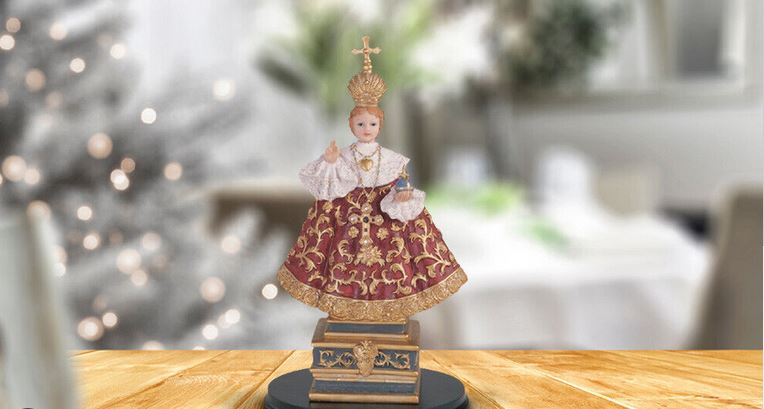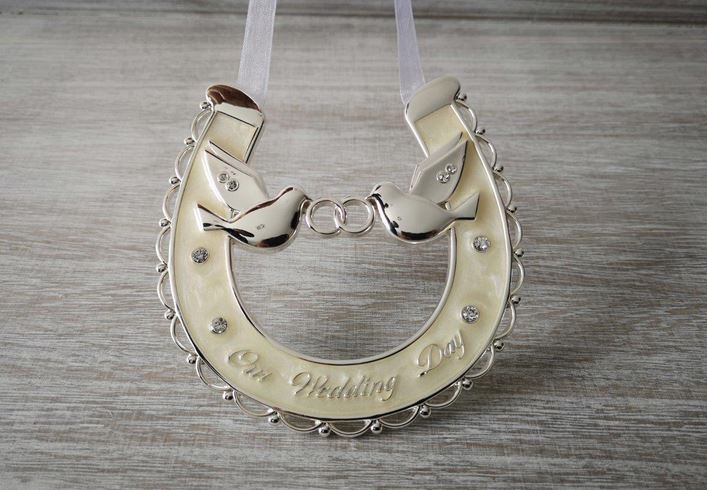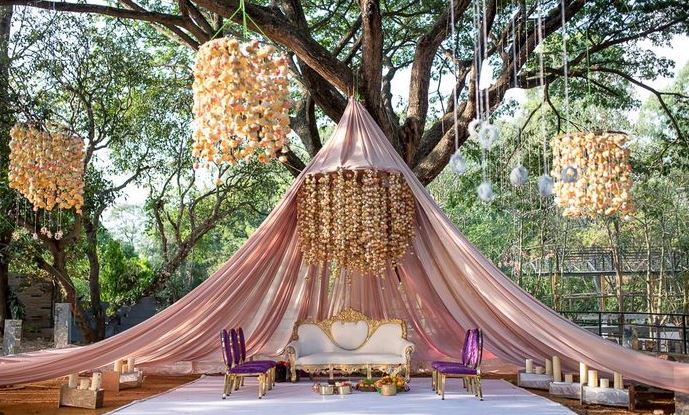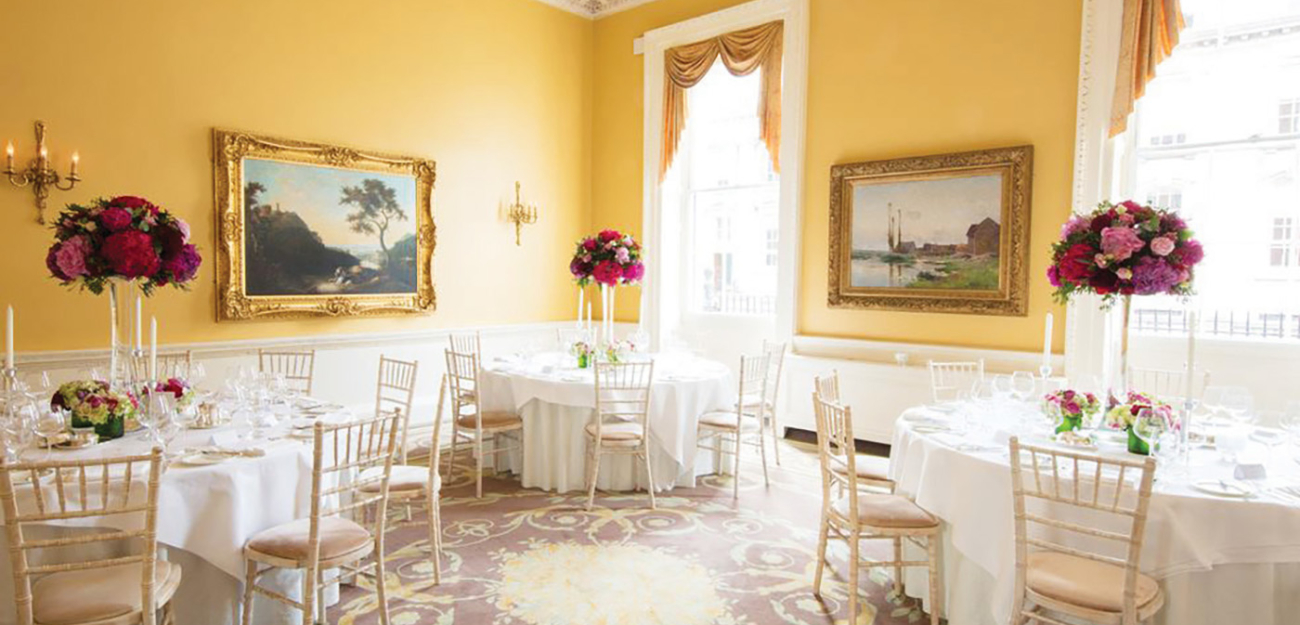Wedding Traditions to Savour
Saying I Do From Ireland to the World
From traditional weddings to thoroughly modern moments, most marriage ceremonies will end up incorporating elements that have actually been around for thousands of years. Whether your wedding is made up of something old, new, borrowed and blue; is a blending of cultures; or perhaps taking place in another country entirely, bringing in some of these beautiful rituals can add gorgeous layers of meaning to your day.
Some traditions are deeply embedded through time, while others have changed, or might have disappeared altogether. In The Merrion Hotel’s Georgian heyday, engagement rings were seldom used, grooms didn’t wear a wedding ring, and despite what you may see in the movies, getting down on one knee to propose was not the done thing. Brides would wear their best dresses, and with pale colours appearing at the alter just as often as white. Couples would get married in the morning – any time up till noon, and then everyone would go to breakfast. But that “everyone”? Unless you were royalty, wedding parties were small affairs, with usually just immediate family invited.
You don’t have to be Irish to talk about “tying the knot”, but did you know that the term comes from Handfasting, a beautiful Celtic tradition that pre-dates Christianity, and which many still incorporate into their ceremonies now? Handfasting involves symbolically joining the couple’s hands, usually these days with a beautiful ribbon or cord. The practice also appears in Norse and Scots traditions.

An Irish tradition that may seem more mysterious to those not familiar with it is the Child of Prague. But who is this mysterious, brightly coloured Child, and why is he put outside? The original 16th century statue of the child Jesus is to be found in Our Lady of the Victories church in Prague, but for as long as living memory runs, Irish families have been putting replica statues out under hedges and on window sills as a “sure-fire” charm for good weather. Of course everyone knows that part of the charm of Ireland is that blistering sunshine is never a sure thing, but few Irish weddings are now complete without a Child of Prague doing its best in the run-up.
Horseshoes and bells are features at an Irish wedding that have endured through time. Said to encourage good luck, in the old days a horseshoe would be carried by one of the party, but today it is more likely to be a small silver charm, or perhaps embroidered somewhere. Bells were rung to ward off evil spirits, but again, today they’re also represented as charms, or somewhere on the tablescape. Gorgeous green Bells of Ireland flowers are also often included in floral displays and bouquets for luck. A perhaps more uncomfortable encouragement for good fortune is the superstition that the bride should walk down the aisle with an old sixpence in her shoe.

Echoing the Celtic tradition of Handfasting, linking the nuptial pair is repeated around the world. In Mexico, a “lazo”, made from flowers and rosary beads is draped around the couple’s necks in a figure of eight, to represent connection and infinity.
While bells are rung, or simply symbolised in Ireland to ward off evil spirits, in Norway, the bride may wear a coronet or tiara with tinkling charms for the same purpose. Meanwhile in Guatemala, ceramic bells filled with grains are smashed at the wedding reception to bring prosperity.
German wedding traditions include a couple that are meant to encourage teamwork from the newlyweds. These include sweeping up broken crockery that guests have smashed (to ward off those evil spirits that do seem to like to hang out at wedding receptions), and sawing a block of wood in half together.
Kissing the bride – and groom – is popular with wedding guests in Sweden, the idea being that guests can sneak a quick peck whenever one of the couple leaves the room.

In the Hindu tradition, there are some superstitions associated with bad luck in marrying people born at certain times, or who may have been married twice before. The genius solution is to marry a tree. Trees are said to be full of life, so after the marriage ceremony, the tree is cut down, the spirit released, and the now widowed bride or groom is free to marry again.
The beautiful thing about traditions is that they emerge, evolve and are reshaped over time. Adding symbolic traditions to your wedding is a wonderful way to connect with other love stories over the ages, and maybe even create new family traditions to endure into the future.
The Gloss Wedding Salon at The Merrion Hotel takes place over lunch hosted by Tara Fey. The event includes presentations on skincare, make-up and styling, a glass of bubbly and a two-course lunch with wine and wedding cake tasting. Each guest will receive a glossy gift bag, this special salon takes place in The Garden Room Restaurant on March 23 2024.
The Period Elegance of The Merrion is a beautiful backdrop for weddings. Contact The Merrion’s Wedding Coordinator here for more information.



